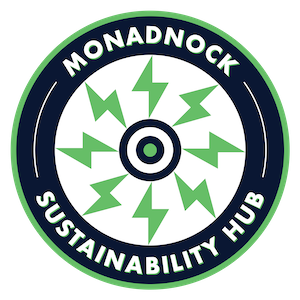Timing is everything
I’ve observed the truth of this countless times.
Prior to 1850 the average carbon dioxide level in our atmosphere for thousands of years was 280 PPM, recently it rocketed past 400 PPM. This rapid accumulation is warming us, already up 1 degree Celsius (1.8 F) since 1880 and it will continue until we reduce greenhouse gasses which can linger for decades. This is the time for action, the risks of catastrophe grow each day we delay reducing our greenhouse gases.
Why do we wait until a crisis occurs, when there are ample warnings?
We’ve been warned for decades by scientists, similar to the Tobacco Industry case, that what we’re burning is causing great harm. In both cases industry deceived and delayed action while reaping great profits for decades. The big difference is greenhouse gasses kill people indiscriminatingly along with many other species and no one will be spared.
In an interview w/ NPR’s Rachel Martin author David Wallace-Wells discussed his new book, “The Uninhabitable Earth,” outlining three misunderstandings about climate change:
Speed: More than half of all of the fossil fuel emissions that we’ve put into the atmosphere have come in the last 25 years, which means that we’ve now done more damage to the climate than in all of the millennia and centuries before.
Scope: We’ve heard the problem was really about sea level and coastlines. We’re starting to see that climate change is really an all-enveloping threat, which promises to transform, probably deform every life lived on the planet in some way.
Severity: It was basically considered irresponsible to consider scenarios above about 2 degrees C of warming. It was called the threshold of catastrophe, and nobody really wanted to think about it. It turns out that 2 degrees C looks more like our floor for warming rather than our ceiling.
The longer we delay, the more expensive, disruptive and dangerous it gets, scientists warn us that we have about 12 years to dramatically reduce greenhouse gasses. As soon as 2050, it’s likely that many of the biggest cities in the Middle East and India will face a lethal risk to set foot outside in the summer, while U.N. estimates for the number of climate refugees could reach 100 million by 2050.
It is already a climate crisis. All of the hottest years ever recorded have been since 1998. France just endured an unprecedented 115 degrees Fahrenheit; Anchorage, Alaska, which has never seen above 85 degrees, just hit 90. As we know warm air holds more moisture, after the wettest 12 months in American history, Washington, D.C. just suffered ‘historic’ flooding, and as I write this New Orleans is underwater with a forecast of at least another foot of rain before this storm passes.
These floods, droughts and sea level rise are real and present risks, which we can no longer afford to ignore. Nothing will reduce this threat better than putting a price on the greenhouse gasses threatening our safety and well-being. Why are we bearing the escalating costs of these gasses being pumped & dumped for free?
Please support US House bill 763, the Energy Innovation and Carbon Dividend Act, this groundbreaking bipartisan climate solution to price carbon, gives the revenue to households as dividends and brings greenhouse gas emissions down 90 percent by 2050. Let’s start by taxing what we burn not what we earn and unleashing entrepreneurs to accelerate the shift to cleaner energy.
There are also local actions to consider including Community Supported Solar, Solarize, Electric Vehicles, Ready for 100% and energy efficiency initiatives. To learn more or get involved please visit www.GreenMonadnock.org.
It’s time to act.
John Kondos is a founding member of the Monadnock Sustainability Network (whose mission is to promote credible, sustainable practices in the region), the Monadnock Energy Hub and the Monadnock chapter of Citizens Climate Lobby.
